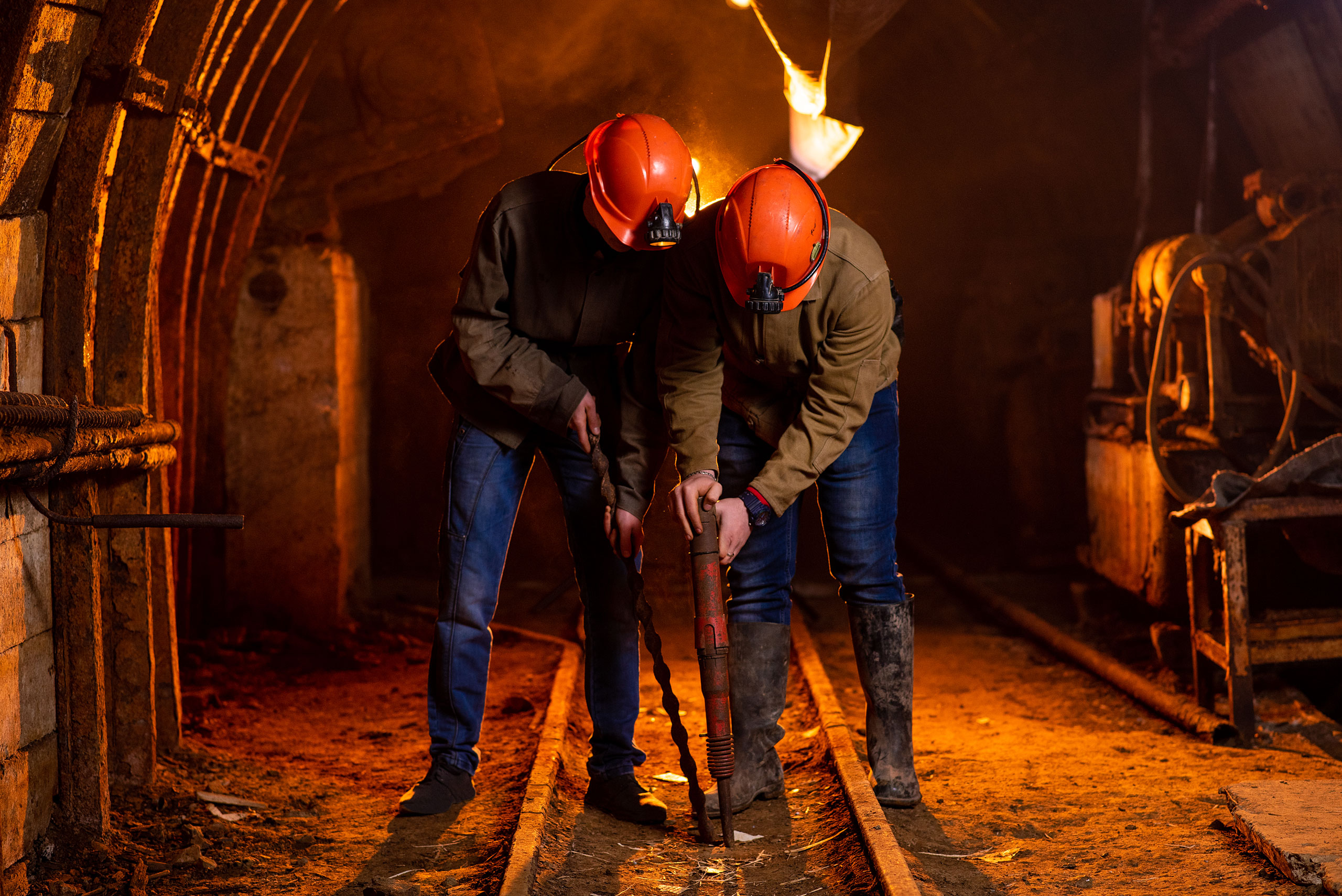Menu

Duration: 0.67 Hrs
Course Level: Intermediate
Languages: English, Arabic, Portuguese, Chinese, Dutch, French, German, Italian, Japanese, Korean, Macedonian, Tamil, Polish, Russian, Spanish, Thai, Czech
Capability: Audio, Video
A confined space is defined as a work area which has sufficient space for a person to fit within and perform work, limited means of entry and exit, and a design that was not intended for continuous worker occupancy. Working in a confined space can present hazardous atmospheres and physical dangers to employees. There are two types of confined spaces: Non-permit Required Confined Spaces and Permit-required Confined Spaces. This course will describe the dangers, best practices, and permit requirements necessary when working in a permit-required confined space.
Duration: 0.25 Hrs
Course Level: Intermediate
Languages: English
Capability: Audio, Video
Hazardous chemicals are any liquids, gases, or solids which can harm people or damage property. This course offers information on protecting miners and mine property from hazardous chemicals by controlling exposure to chemicals, properly preparing for working around chemicals, and adhering to best practices for working with chemicals. This course also discusses what is involved in an Emergency Spill Response Plan with example instructions. Based on MSHA’s Title 30 CFR Part 46.5.b.2.
Duration: 0.25 Hrs
Course Level: Intermediate
Languages: English
Capability: Audio, Video
Since miners and equipment at surface mining operations are exposed to the elements, it is important to work cautiously and recognize the hazardous conditions that weather can create. This course discusses several different weather conditions that can affect the mine site including high winds, ice, excessive rain, lighting, and fog. This course also discusses airborne hazards as well as unstable ground conditions and water hazards. Based on MSHA’s 30 CFR Part 46.5.b.2.
Duration: 0.50 Hrs
Course Level: Intermediate
Languages: English
Capability: Audio, Video
This course based on MSHA’s Title 30 CFR Part 46.5.b.2 discusses how to recognize and avoid hazards associated with mobile equipment and stationary machinery.
Duration: 0.50 Hrs
Course Level: Intermediate
Languages: English
Capability: Audio, Video
A ground control inspection is a documented, in-person examination of on-site terrain formations and locations that slope into working areas at a mine. As part of an ongoing ground control plan, these inspections help establish and reinforce prudent engineering design, reduce ground instability, and contribute to safer working conditions for miners and others on-site. This course covers the definition and purpose of a ground control inspection and includes examples of ground instability hazards, the definition of “angle of repose,” descriptions and examples of slope failures, and common ground control corrective actions. Based on MSHA’s Title 30 CFR Part 77 – Subpart K.
Duration: 0.50 Hrs
Course Level: Intermediate
Languages: English
Capability: Audio, Video
Physical hazards can be created by dangerous energy or force, such as electricity, high noise levels, explosions, and fire. This course provides information on high voltage hazards, such as overhead and downed power lines, energized guy wires, and other contact hazards. Noise hazards, explosive hazards, and fire hazards, such as hot work, are also discussed. Based on MSHA’s Title 30 CFR Part 46.5.b.2.
Duration: 0.25 Hrs
Course Level: Intermediate
Languages: English
Capability: Audio, Video
A workplace examination is a physical, in-person inspection of a work area to assess safety and health conditions. These examinations are required to identify and correct hazardous conditions promptly, with the ultimate purpose of improving the health and safety of miners and mining contractors. This course covers the definition and purpose of a workplace examination, the definition of a competent person, documentation requirements, and common hazards associated with mining workplaces. Based on MSHA’s Title 30 CFR Part 56 – Subpart B.